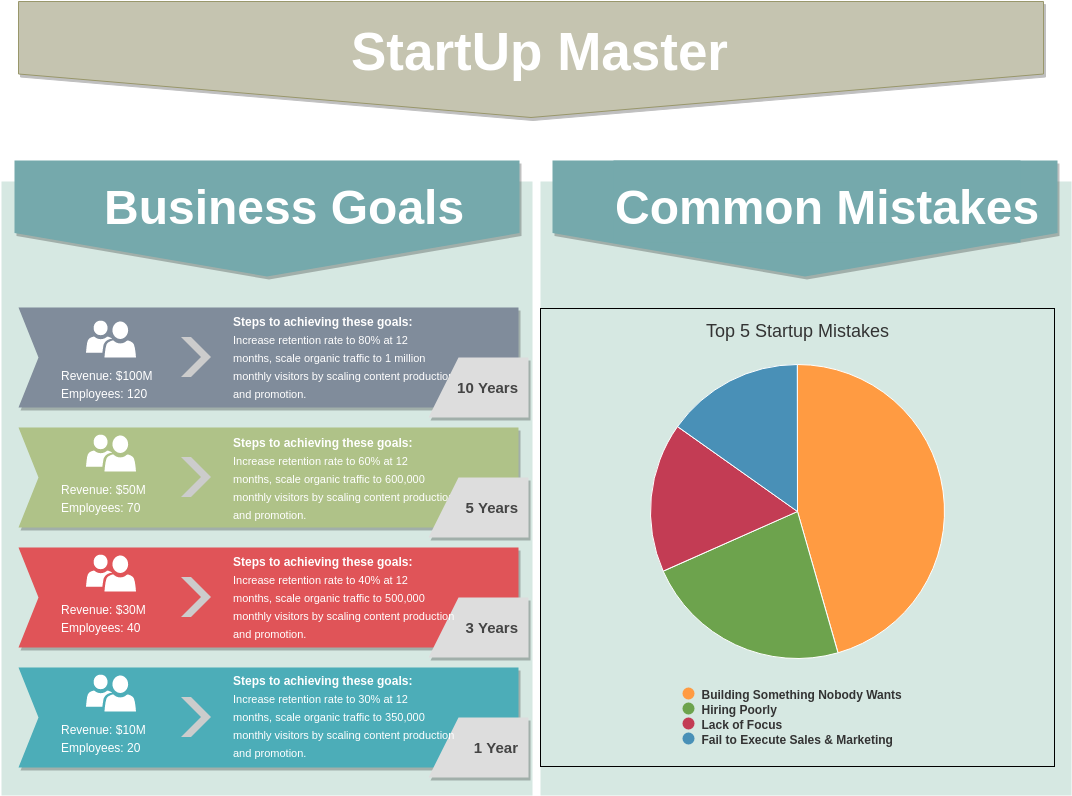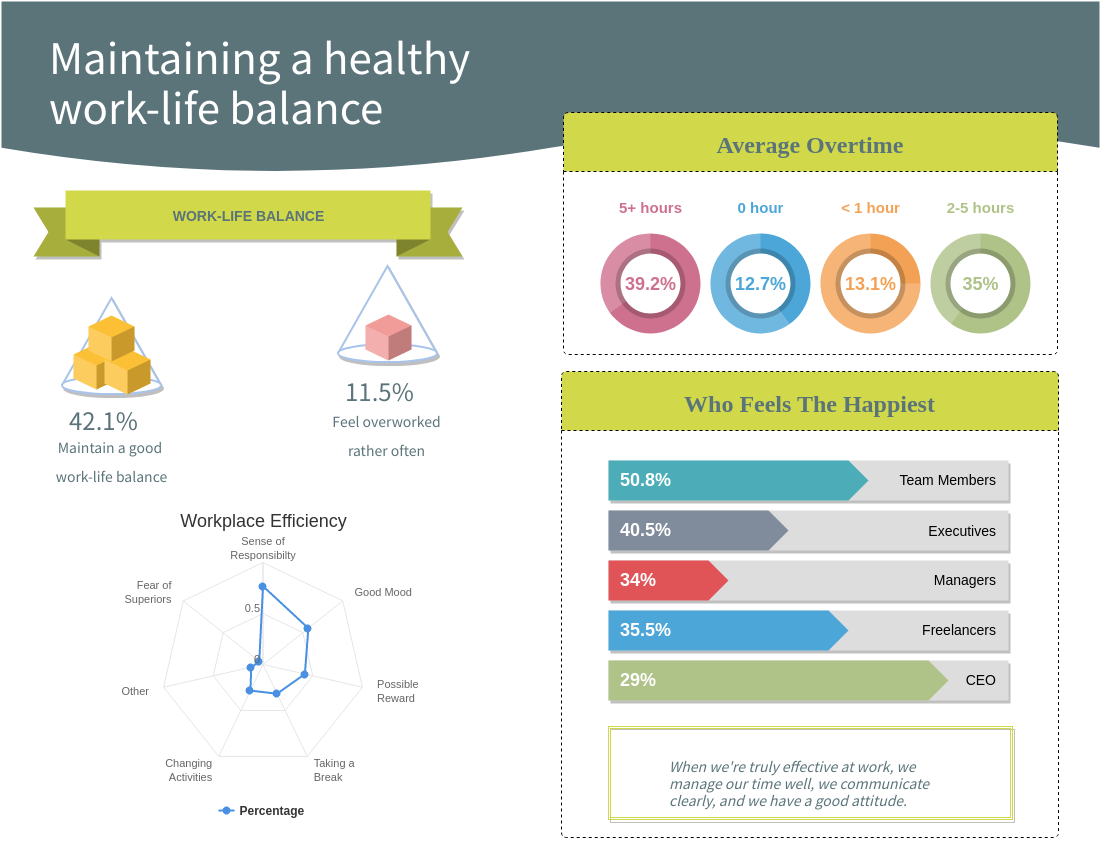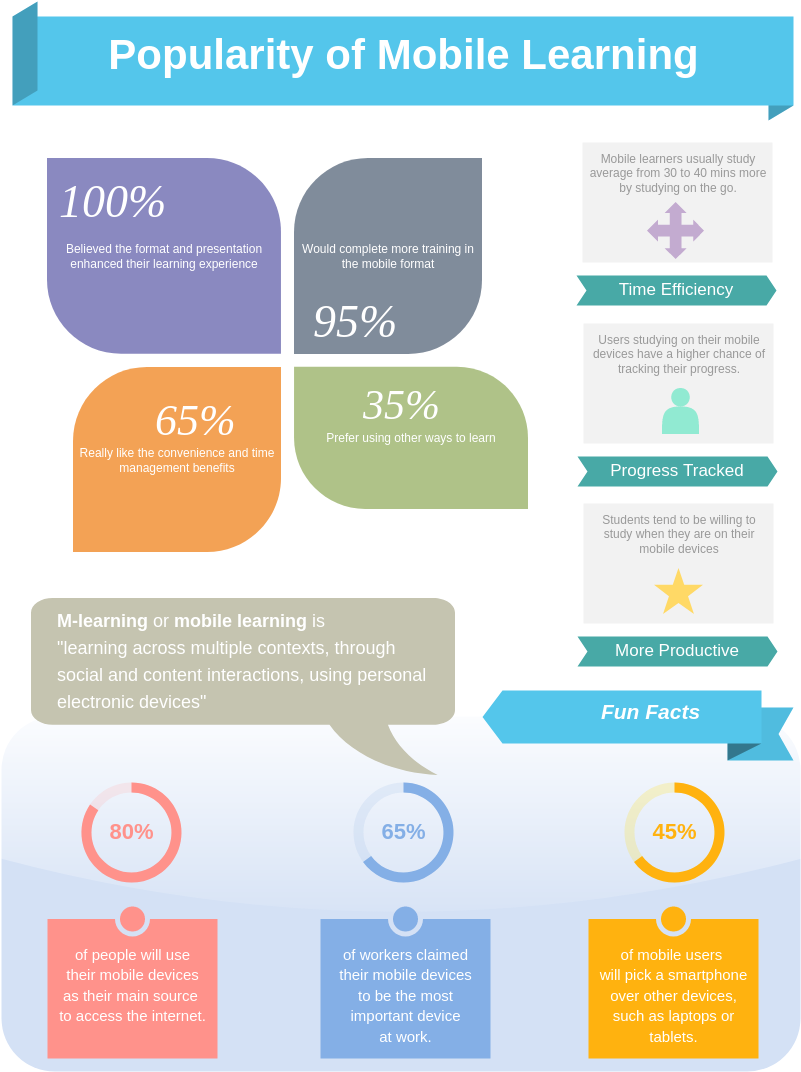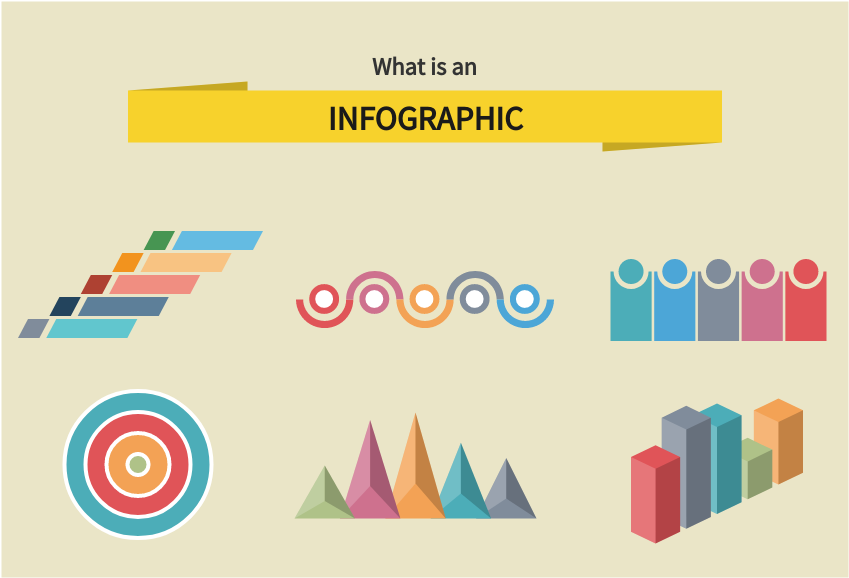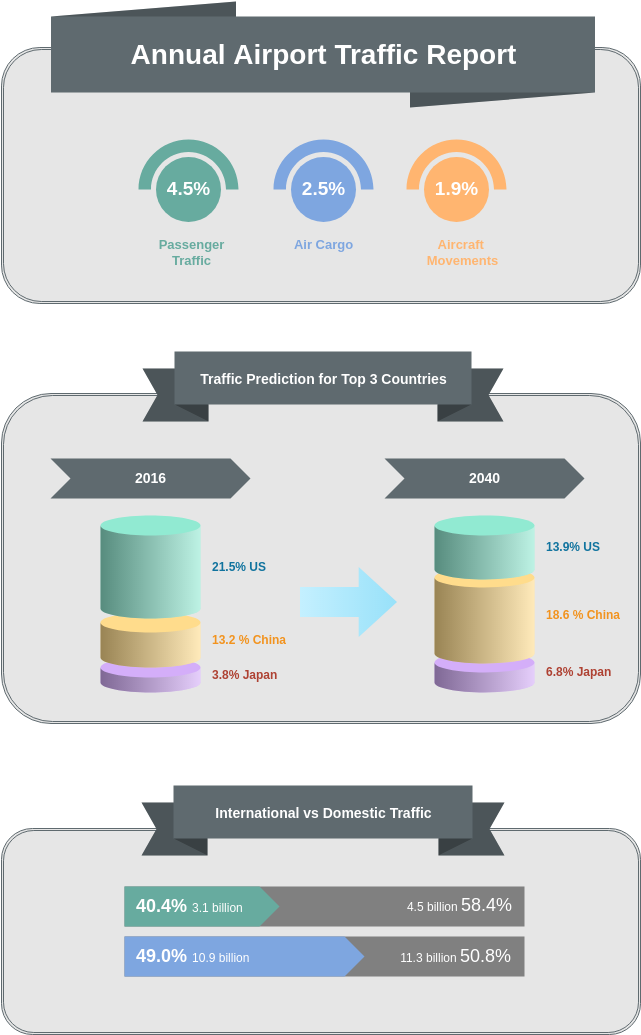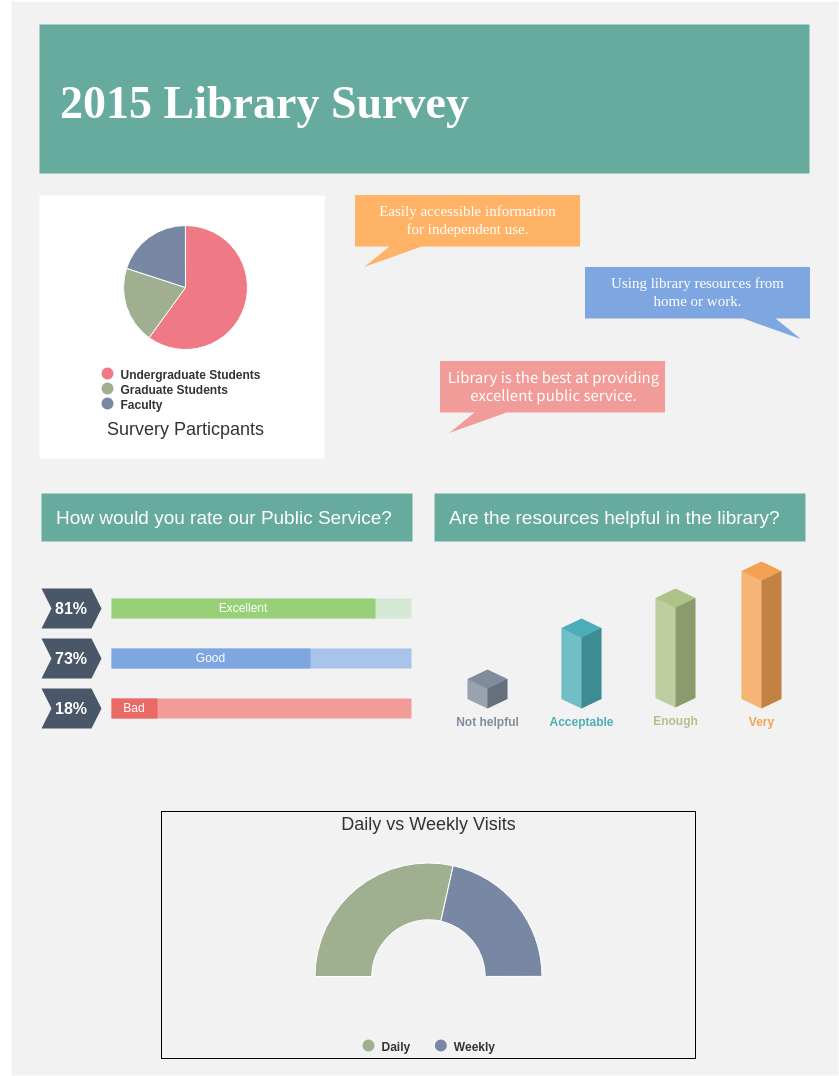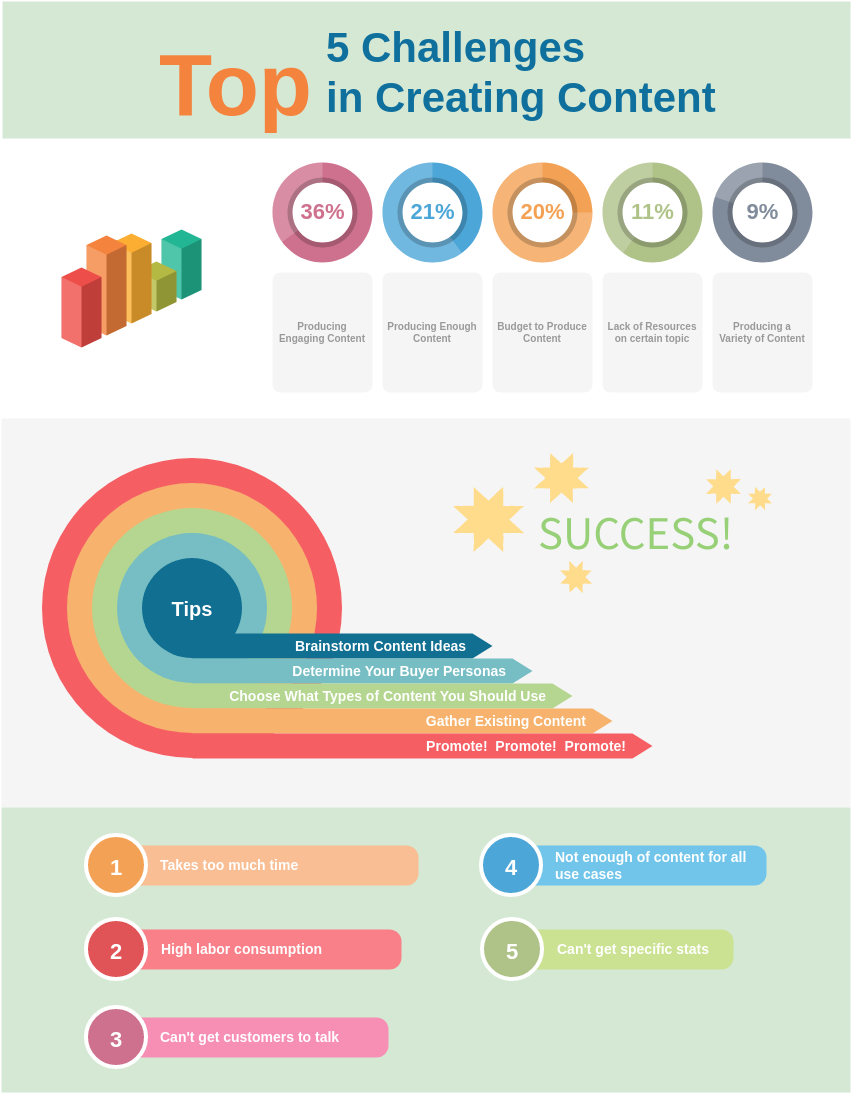What is Digital Marketing?
Digital marketing refers to the use of online platforms and technologies to promote products, services, or brands. It encompasses various strategies, including:
- Search Engine Optimization (SEO): Improving website visibility on search engines.
- Social Media Marketing: Engaging with audiences on platforms like Facebook, Instagram, and Twitter.
- Email Marketing: Sending targeted messages to potential or existing customers.
- Content Marketing: Creating valuable content to attract and engage an audience.
- Pay-Per-Click Advertising (PPC): Driving traffic through paid ads on search engines and social media.
What are Infographics?
Infographics are visual representations of information, data, or knowledge designed to present complex information quickly and clearly. They combine graphics, charts, and text to communicate messages effectively.
Types of Infographics:
- Statistical: Presenting data and statistics visually.
- Timeline: Showing information in chronological order.
- Process: Illustrating steps in a process or workflow.
- Comparison: Highlighting similarities and differences between concepts or products.
Why Use Infographics in Digital Marketing?
- Enhances Engagement: Infographics are visually appealing and can capture attention better than plain text.
- Simplifies Complex Information: They break down complicated data into digestible visuals, making it easier for audiences to understand.
- Boosts Shareability: Infographics are highly shareable on social media, increasing the potential for viral distribution.
- Improves Brand Recognition: Consistent use of branded infographics can enhance brand awareness and identity.
- Supports SEO: Well-designed infographics can drive traffic through backlinks when shared on other websites.
How to Create Effective Infographics for Digital Marketing
Step 1: Define Your Objective
- Identify the purpose of your infographic. Is it to educate, inform, or persuade? Understand your target audience and what you want to achieve.
Step 2: Gather Data and Information
- Research relevant data, statistics, and insights that align with your objective. Ensure the information is accurate and credible.
Step 3: Choose a Design Style
- Decide on a design style that reflects your brand and resonates with your audience. Consider color schemes, fonts, and graphic elements.
Step 4: Create the Infographic
- Use infographic tools like Visual Paradigm Online to design your infographic. Incorporate the following elements:
- Clear Headline: Capture attention with an engaging title.
- Compelling Visuals: Include charts, icons, and images to illustrate your points.
- Logical Flow: Organize content in a coherent manner, guiding the viewer through the information.
Step 5: Optimize for Sharing
- Ensure your infographic is easy to share on social media. Include your logo, website link, and social media handles.
Step 6: Promote Your Infographic
- Share your infographic on your website, social media channels, and through email marketing. Consider reaching out to influencers or relevant blogs for additional exposure.
Step 7: Measure Performance
- Use analytics tools to track engagement metrics such as shares, likes, and website traffic. Analyze the data to understand what worked and how you can improve future infographics.
Creating Infographics: A Step-by-step Guide
Creating an effective product brochure is essential for communicating your message to potential customers. This guide will walk you through the process of formulating a compelling product brochure, from identifying your audience to designing your layout.
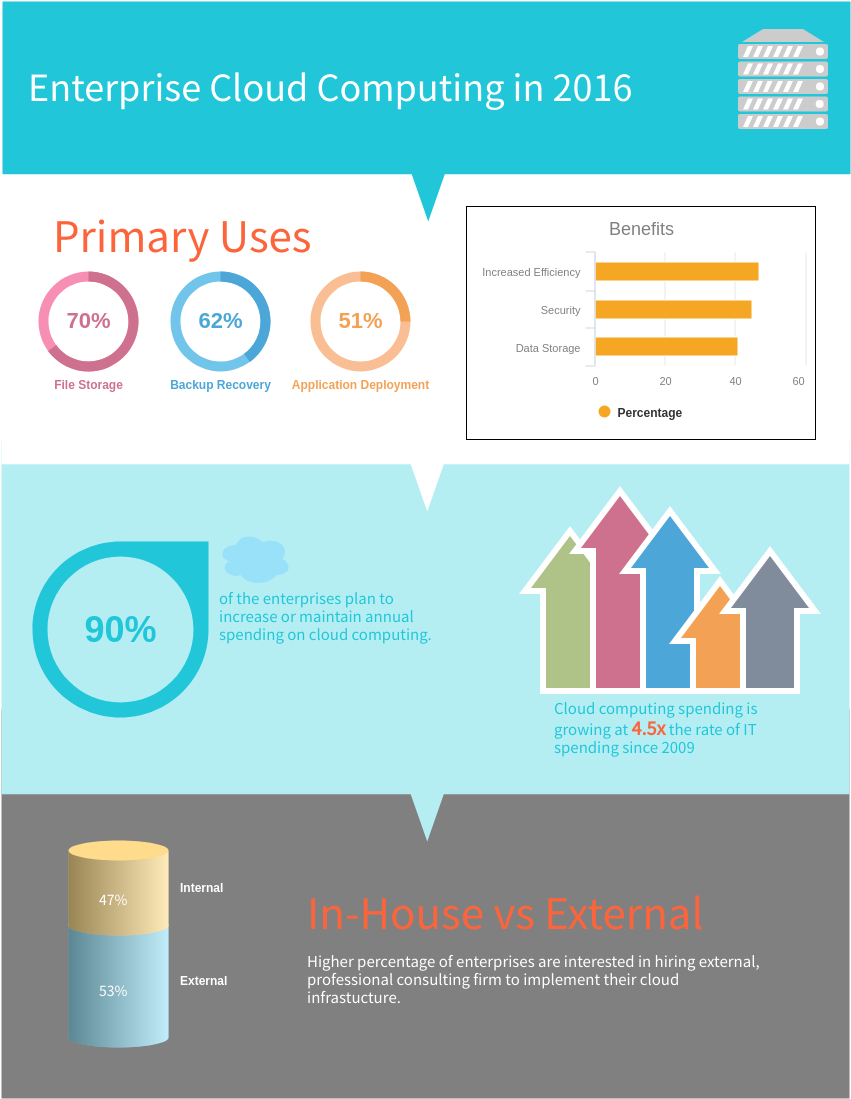
Step 1: Identify Your Target Audience
- Research Your Audience: Understand who your potential customers are. Consider their demographics, preferences, and needs.
- Define Key Messages: Determine what information is most relevant and valuable to your audience.
Step 2: Outline Your Content
- Highlight Unique Selling Points: Identify what sets your product apart from competitors. Focus on features and benefits that will attract interest.
- Create a Structure: Organize your content logically, including sections such as:
- Introduction
- Product Features
- Benefits
- Testimonials or Case Studies
- Call to Action
Step 3: Choose the Right Design Elements
- Select a Template: Start with a brochure template that aligns with your brand. Visual Paradigm Online offers numerous pre-made templates.
- Pick Your Color Scheme: Choose colors that reflect your brand identity and appeal to your target audience.
- Select Fonts: Use clear, readable fonts that enhance the overall design. Ensure consistency in font style and size throughout the brochure.
Step 4: Incorporate Visuals
- Use High-Quality Images: Include professional images of your product to grab attention and illustrate key features.
- Add Graphics and Icons: Use icons and graphics to break up text and make the brochure more visually appealing. Visual Paradigm Online provides an extensive library of graphics to choose from.
Step 5: Write Compelling Copy
- Be Clear and Concise: Use straightforward language to explain your product. Avoid jargon that may confuse your audience.
- Engage Your Audience: Write in a way that speaks directly to your audience’s needs and interests. Use persuasive language to encourage action.
Step 6: Design Your Brochure
- Utilize Drag-and-Drop Tools: Use the intuitive drag-and-drop features in Visual Paradigm Online to arrange your content and visuals easily.
- Balance Text and Images: Ensure that your brochure is not overly text-heavy. A good balance will keep readers engaged.
Step 7: Review and Edit
- Proofread: Check for spelling and grammatical errors. Ensure that all information is accurate and up-to-date.
- Get Feedback: Share your draft with colleagues or friends for their input. They may offer valuable insights or identify areas for improvement.
Step 8: Print or Distribute Digitally
- Choose the Right Format: Decide whether to print physical copies or distribute the brochure digitally. Ensure the format suits your audience’s preferences.
- Include a Call to Action: Encourage readers to take the next step, whether it’s visiting your website, contacting you, or making a purchase.
By following these steps, you can formulate a product brochure that captivates your audience and distinguishes you from competitors.
Conclusion
Infographics are a powerful tool in digital marketing, effectively communicating information and enhancing engagement. By understanding what infographics are, why they matter, and how to create them, you can leverage this medium to boost your digital marketing efforts.
Using Visual Paradigm Online’s infographic maker and design tools, you can create a professional-looking product brochure that effectively communicates your message. With a user-friendly interface and extensive design options, crafting a standout brochure is easier than ever.
For more information on Visual Paradigm Online’s graphic design tools, visit:
